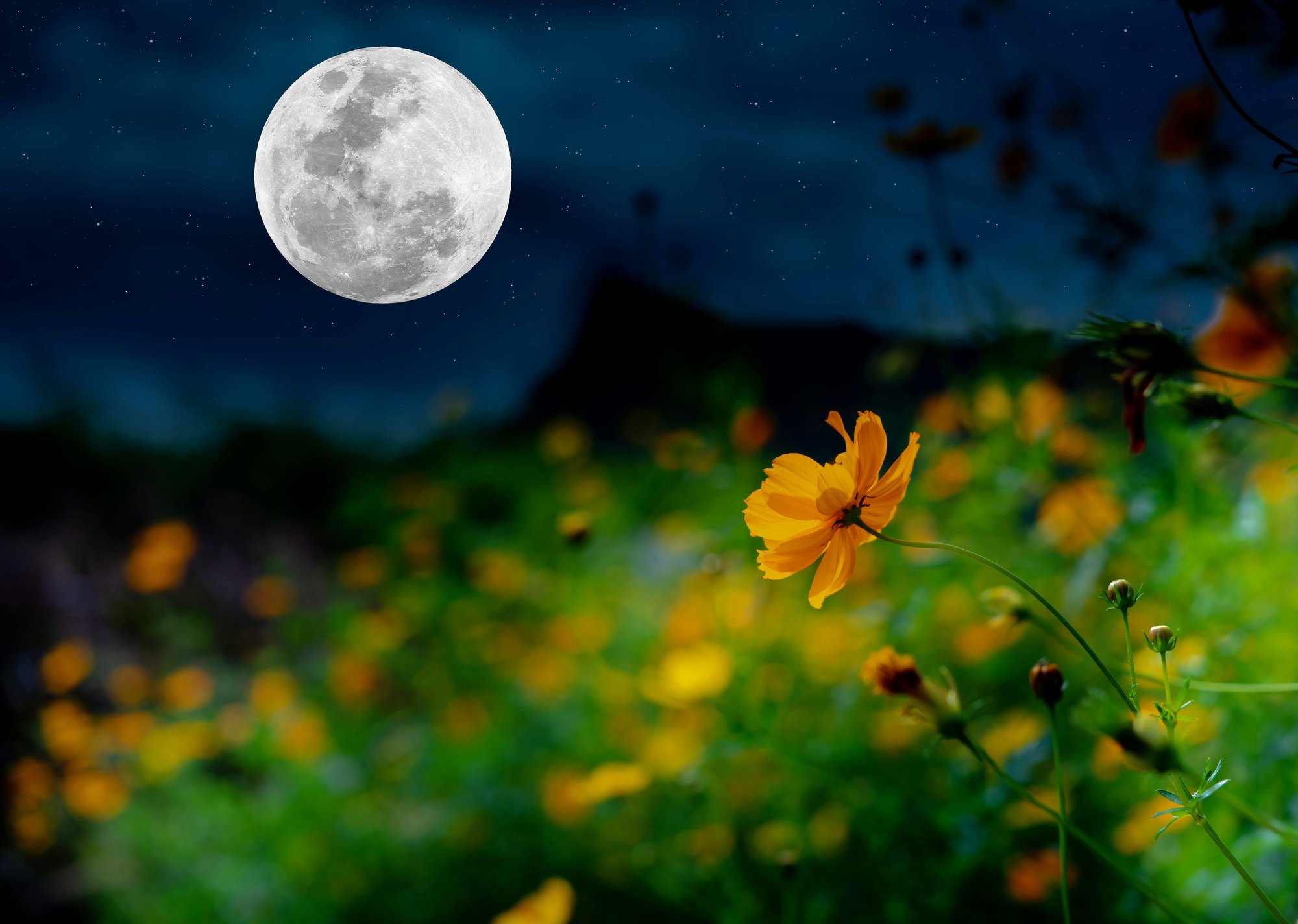Since the 1930s, the [organization] has been releasing names for the full moons, drawing from what were referred to as “Indian” names that have now gained widespread recognition and usage.
The full moon of April is commonly known as the [Pink Moon], a moniker linked to the herb moss pink or creeping phlox – also recognized as moss phlox, mountain phlox, and creeping phlox – which is indigenous to the eastern United States and among the earliest prevalent flowers of spring.
Alternative names for this April moon include the “Sprouting Grass Moon,” the “Egg Moon,” and the “Fish Moon,” the last one being employed by coastal tribes to signify the period when shad fish migrate upstream for spawning.
The resurgence of passable water routes
Furthermore, the designations “Breaking Ice Moon” (Algonquin) and “Moon When the Streams Are Again Navigable” (Dakota) depict the melting of ice and the reopening of navigable waterways typical of early spring. The “Budding Moon of Plants and Shrubs” (Tlingit) and “Moon of the Red Grass Appearing” (Oglala) underscore the imminent growth in plant life as spring unfolds.
The revival of life in April
Additional names mirror the resurgence of life during this season, such as the “Moon When the Ducks Come Back” (Lakota), “Moon When the Geese Lay Eggs” (Dakota), and “Frog Moon” (Cree), each indicating the return or heightened activity of these species.
Likewise, the “Sucker Moon” (Anishinaabe) marks the time for harvesting sucker fish, which migrate to streams or shallow lake areas for spawning. According to cultural beliefs, during this period, the sucker fish returns from the spirit world to purify the waterways and the life within them.
This appellation is sometimes also used for the February Moon to pay homage to the sucker fish’s role in supporting the Anishinaabe people through the winter by providing a vital food source.
Cultural observations and April’s full moon
This moon also aligns with significant cultural and religious observances worldwide. It coincides with the Jewish festival of Pesach, or Passover, which in 2024 will commence at sundown on April 22 and conclude at nightfall on April 30. The festivities begin in the middle of the Hebrew month of Nisan, with the Seder feasts held on the initial two nights.
In the Hindu lunisolar calendar, which varies by region, this full moon typically corresponds with Hanuman Jayanti, the celebration of the birth of Lord Hanuman.
For Buddhists in Sri Lanka, this full moon is referred to as Bak Poya and commemorates the Buddha’s visit to Sri Lanka, where he prevented a war by resolving a dispute among chiefs.
This lunar event falls near the middle of Shawwāl, the tenth month of the Islamic calendar, and during the third month of the Chinese Year of the Dragon.
Given these diverse celebrations, individuals worldwide are encouraged to don festive celestial attire in honor of the full moon. It’s a time to relish the blossoming nature, recognize these various cultural festivities, extend inclusivity by setting an extra seat at the table, and most importantly, strive for peace over conflict.
More insights on April’s full moon
April’s full moon will peak in brightness at 7:49 P.M. on Tuesday, April 23. Astronomically, this marks the moment when the moon is fully illuminated by the sun as perceived from Earth, appearing perfectly round.
“Similar to Earth, the Moon exhibits a day side and a night side, which change as the Moon rotates,” elucidated [expert]. “The Sun consistently illuminates half of the Moon while the other half remains in darkness, but the extent to which we can observe that illuminated half fluctuates as the Moon orbits around us.”
The timing of the full moon slightly varies due to the lunar cycle averaging about 29.5 days, leading to fluctuations in the date and time of the full moon each month.
